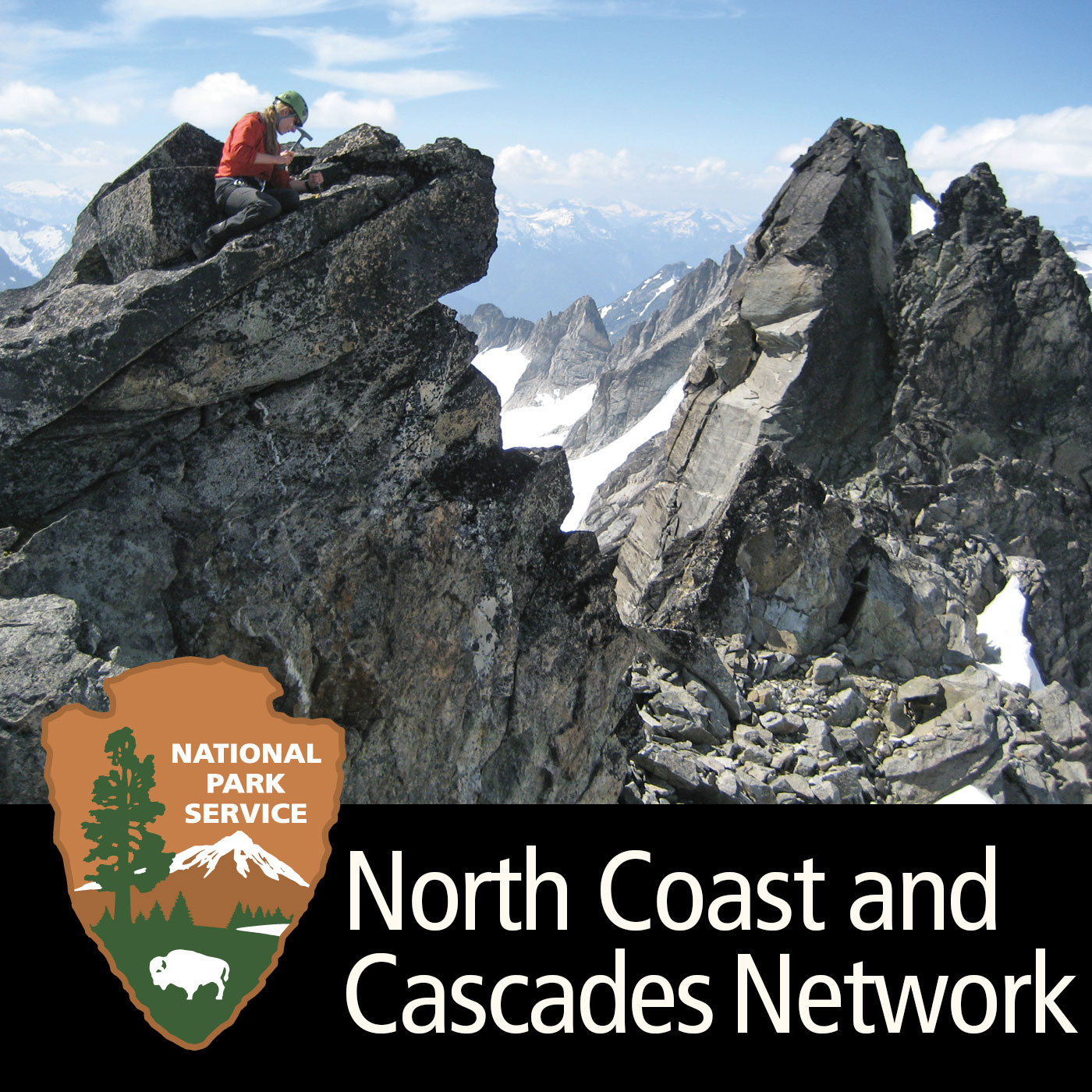Episodes
This "Science Minute Video" shows staff and students from Fort Vancouver and the NW Cultural Resources Institute Archaeological Field School doing field work. Dr. Doug Wilson explains the work and the reasons why it's important.
Published 03/10/14
Klondike Gold Rush Seattle is a historical site dedicated to preserving and interpreting the role of Seattle in the historic events of the 1890's. This "Science Minute Video" explains the preservation of a historical treasure at Klondike Gold Rush (Seattle) and features the Park Service scientists who work with these materials.
Published 03/10/14
This five-minute video features staff at Ebey's Landing National Historic Reserve explaining how they preserve and protect a historic cultural landscape.
Published 03/10/14
Glaciers are sensitive indicators of climate change. In this video we meet Dr. Jon Riedel, lead glaciologist at North Cascades National Park. Jon shows how he monitors glaciers and explains his reasons for doing so.
Published 03/10/14
Most carnivores need larger areas to roam than plant-eating animals. Discovering their numbers and distribution over the landscape is the work of carnivore monitoring. Roger Christophersen from North Cascades National Park explains how park scientists monitor carnivores using hair snares, motion detection cameras, and DNA analysis.
Published 03/10/14
Tidepool coastal ecosystems will be among the first places to show impacts from sea level rise and climate change. This six-minute film shows Dr. Steve Fradkin, marine ecologist at Olympic National Park showing how ocean life is monitored along the coast. We see Fradkin's crew doing their work and explaining their motivation for doing this.
Published 03/10/14
This five-minute film shows Mount Rainier and North Cascades glacier scientists explaining how they monitor park glaciers and why they do so. Glaciers are important water sources for fish, recreation, and hydropower and they're melting fast.
Published 03/10/14
Although Northwest national parks are great for recreation they are also living laboratories offering great opportunities for science. A law passed by Congress in 1998 established a system of Inventory & Monitoring in which the parks collaborate together to monitor ecosystem health year after year. This film features Park Service scientists and staff explaining their vision of the parks.
Published 03/10/14
Exotic plant invaders are a big problem in the National Parks. This five-minute film highlights the efforts to control exotic invasive plants at Lewis & Clark National Historical Park. Resource Management specialist Carla Cole explains how this is done and why she loves this work.
Published 03/10/14
National Parks are required to "preserve and protect" all the natural and cultural resources within their boundaries. So what DO the parks contain? This four-minute video shows Park Service scientists making the newest and most advanced vegetation map of park resources to date. This map will be baseline data showing what is here now... for use in comparisons as climate changes.
Published 03/10/14
National Park Service policy aims to restore any animals missing from the parks due to human actions. The fisher is a weasel-family animal that was trapped to extinction for its beautiful fur by the 1930's in what is now Olympic National Park. Dr. Patti Happe, the park's wildlife biologist worked from 2008-2010 with a team of interagency partners to trap 90 of these animals in British Columbia and release them in the park. This video gives a feeling for the project and the people involved.
Published 03/10/14
This "Science Minute Video" shows Park Service scientists at Mount Rainier National Park checking on the health of trees. As part of the Park Service Inventory and Monitoring Program, each year they hike to remote plots to monitor trees and look for impacts caused by weather, age, or disease.
Published 03/10/14
Pikas are small furry mammals related to rabbits that live on steep rocky talus slopes. They are, unfortunately, in the direct path of danger caused by global climate change. This film shows the team at North Cascades National Park studying the pikas and talking about their work.
Published 03/10/14
Published 03/06/14
As the climate changes, many early signs will appear on the ocean shores. This 12 minute film takes us to Olympic National Park’s wild coast and follows marine ecologist Dr. Steve Fradkin as he studies the changing rocky intertidal zone.
Published 03/06/14


